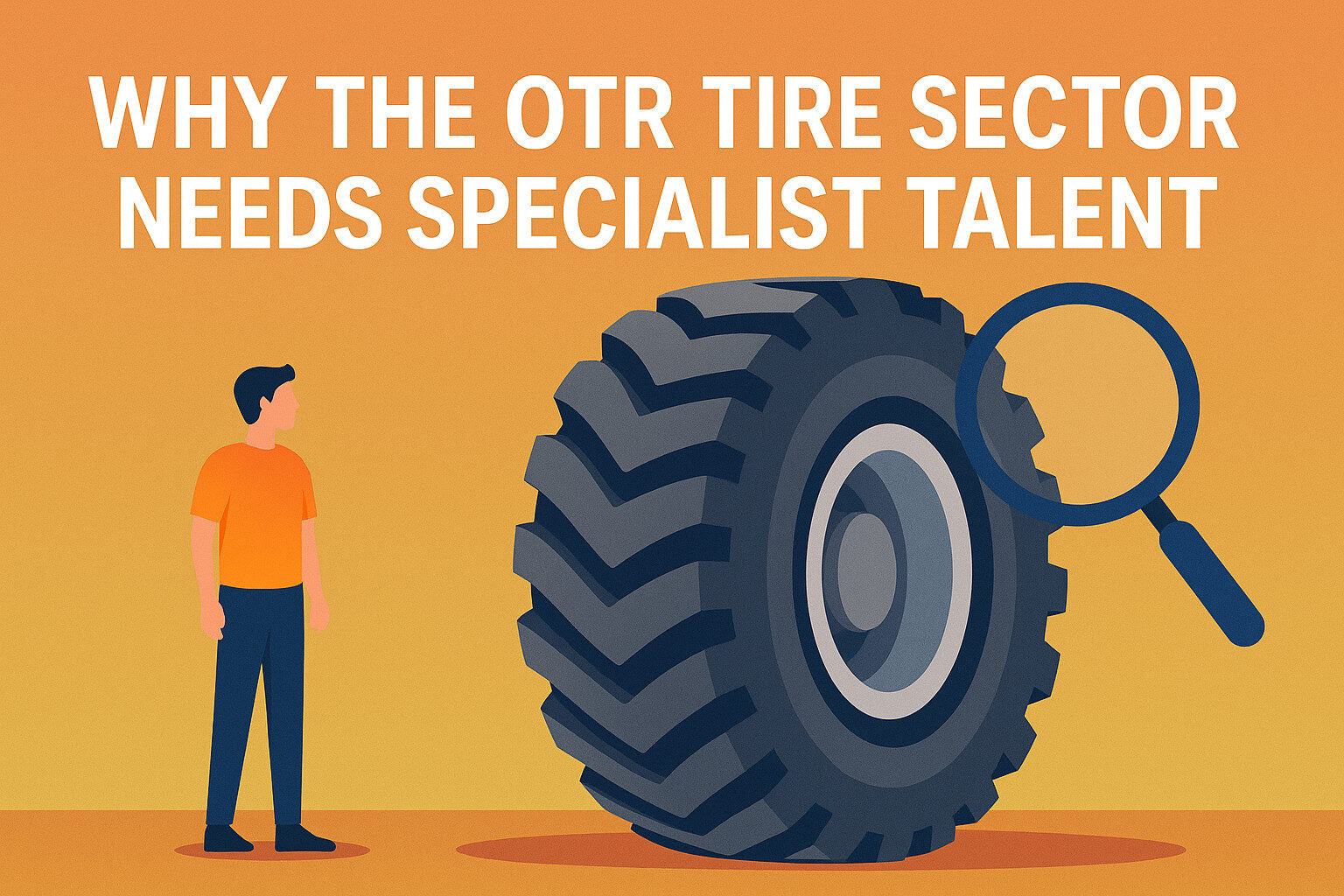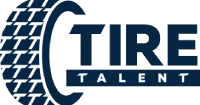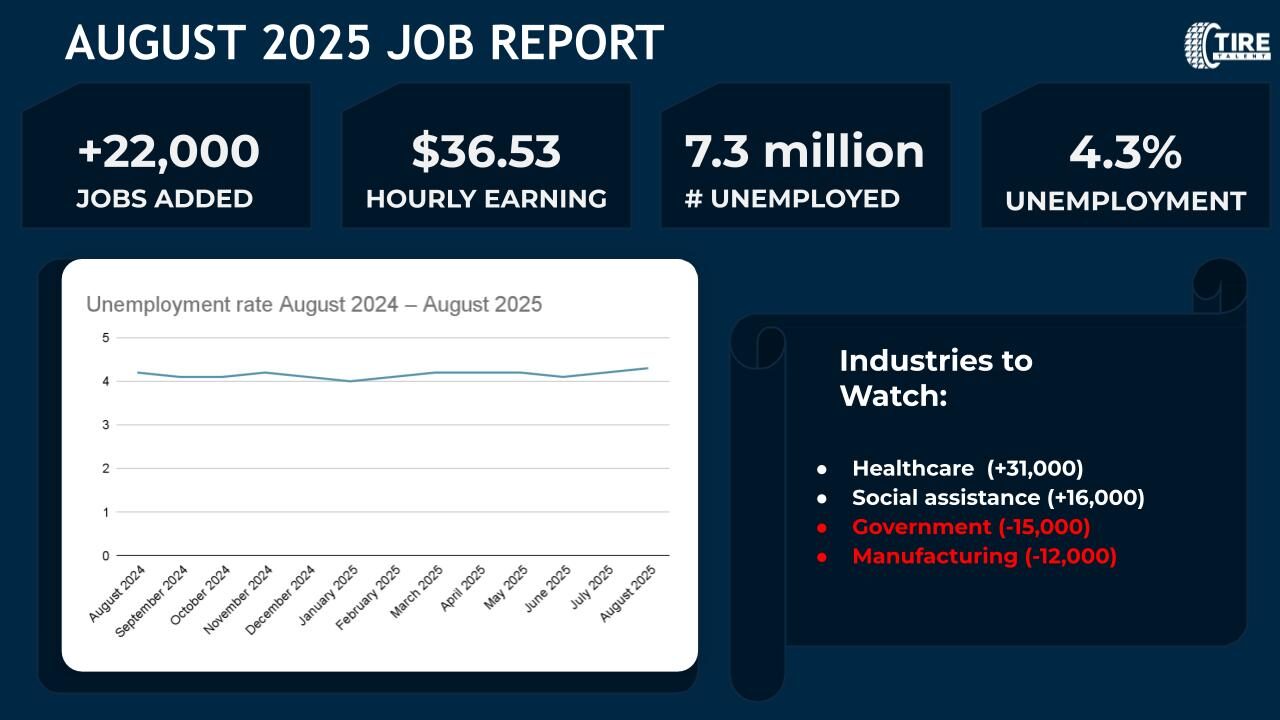In today’s U.S. off-the-road (OTR) tire industry, working with a Recruitment Firms for the OTR Tire Sector is no longer an optional luxury, it’s a strategic imperative. With rising demand for large heavy-equipment tires, specialized materials, and service models tied to fleet performance, the need for talent who understand the niche OTR tire ecosystem has skyrocketed. This article unpacks how recruitment firms focused on the OTR tire industry talent sourcing space are helping manufacturers meet these demands.

1. Why the OTR Tire Sector Needs Specialist Talent
The OTR tire market is experiencing growth and evolution. For example, the North America OTR tire market is expected to reach USD 6.11 billion in 2025, growing at a CAGR of ~4.7% through 2030. This growth is driven by heavy investment in infrastructure, mining, construction, and agriculture equipment all of which rely on purpose-built large off-road tires.
But with growth comes complexity: OTR tire manufacturers must meet heavier load demands, deeper tread durability, technological integration (such as telematics and tire pressure monitoring), and growing sustainability standards. These require more than standard tire production talent they demand people who understand rubber compounding, heavy machinery usage cycles, aftermarket service models, and global supply chain pressures.
Accordingly, the talent needs are specialized: distribution channel knowledge for OTR replacement markets, sales engineers familiar with mining or construction applications, service managers who understand fleet usage models, and operations leaders versed in large-diameter tire production. Simply posting a generic “sales rep for tires” ad won’t attract these candidates.
2. What a Recruitment Firms for the OTR Tire Sector Brings to the Table
When you engage a recruitment firm specializing in the OTR tire sector (or broader tire/industrial sector), you get several key advantages:
a) Industry Network & Niche Knowledge
General recruitment firms may not know the difference between a regular passenger tire sales rep and an OTR account manager dealing with 63-inch mining tires or rimming systems. A specialist firm understands end-users, channel structures (OEM vs aftermarket), and talent pools in mining, construction, and agriculture.
b) Market Intelligence & Compensation Benchmarking
Candidates in OTR roles expect higher compensation and specialized skills. For example, given the OTR tire market size, you must anticipate premium pay to attract top candidates. Recruitment firms bring current market data, regional pay differentials, and role-specific benchmarks.
c) Speed & Quality of Hire
Because these roles are niche, the candidate pool is smaller. A specialist recruiter can source both active and passive talent from within the industry, dramatically reducing time-to-fill and improving candidate fit.
d) Reduced Hiring Risk
Mis-hiring in OTR tire roles is costly: large-scale production equipment, high material costs, heavy safety risk, and global supply chain implications. A specialist firm uses structured assessments, industry-relevant scorecards, and proven selection frameworks to reduce this risk.
e) Strategic Alignment with Business Needs
Because OTR tire companies now often combine operations, R&D, aftermarket services, and sales models (sometimes tire-as-a-service), the recruiter must understand strategic imperatives. A recruitment firm for OTR tire sector aligns talent acquisition with business outcomes e.g., service growth, OEM partnerships, new materials innovation.
3. Talent Sourcing Challenges in the OTR Tire Sector
Despite the opportunity, recruiting for OTR tire industry talent acquisition is not without hurdles:
- Small talent pool: With fewer professionals experienced in large-diameter OTR tire sales, manufacturing, or service roles, competition is fierce.
- Cross-domain skills required: Candidates often need rubber/compound knowledge + heavy-equipment background + aftermarket service mindset.
- Global competition: U.S. OTR tire firms compete with global players for the same talent.
- Changing skill demands: Telemetry, smart tires, sustainability materials mean hiring for future skills, not just current.
- Salary escalation: With demand up, compensation expectations rise, making it harder for companies without recruiting expertise to compete.
To illustrate: A candidate who understands OTR tire distribution, aftermarket services, and fleet usage models may attract a significantly higher salary than a generic tire sales rep hire. Without benchmarking, you risk offering too little or losing the candidate altogether.
4. How the Recruitment Process Should Be Structured
For OTR tire sector talent acquisition, a robust process is essential. Here’s a recommended structure:
Step 1: Role Definition & KPI-Setting
Define not just job duties but outcomes: What will success look like in 12 months? How many new accounts, what revenue growth, what margin improvement? Setting clear KPIs helps candidate alignment.
Step 2: Candidate Mapping & Outreach
Use multiple channels: LinkedIn, mining equipment associations, aftermarket service networks, and industry conferences. Focus on both active applicants and passive candidates (those not actively looking but open to opportunity).
Step 3: Assessment & Selection
Beyond resumes, include: industry case studies, past performance (e.g., OTR accounts), behavioral interviews (fit for heavy-equipment environment). Use scorecards to objectively evaluate.
Step 4: Offer & Closing
Because talent is scarce, speed and clarity matter. Highlight role scope, territory, tasks, metrics, growth opportunity, compensation structure, and culture. A recruitment firm can help craft compelling offers.
Step 5: Onboarding & Retention Strategy
Because onboarding period for OTR roles is long (equipment, technical, market knowledge), a good recruiter advises onboarding frameworks, ramp periods, and retention tactics (mentoring, performance metrics, milestone check-ins).

5. Data-Driven Benchmarks in the OTR Tire Talent Space
To illustrate why specialist help matters, here are data points:
- The North America OTR tire market size is estimated at USD 6.11 billion in 2025, with a ~4.7% CAGR to 2030.
- The United States OTR tire market was valued at USD 2.89 billion in 2024 and is expected to reach USD 4.17 billion by 2030 (CAGR ~6.3%).
- Distributors and aftermarket account for major share of OTR tire demand, meaning many roles focus on service, replacement, and fleet management rather than just manufacturing.
Given this growth and complexity, companies that engage with a recruitment firm for OTR tire sector can align hiring costs with long-term opportunity, accelerate time to revenue, and reduce operational risk tied to talent gaps.
6. Choosing the Right Recruitment Firm for Your OTR Tire Talent Acquisition Needs
When selecting a recruitment partner for the OTR tire sector, consider the following criteria:
- Deep industry specialization: Does the recruiter understand OTR tire manufacturing, distribution, and service models?
- Proven track record: Can they demonstrate placements in OTR roles (sales, aftermarket, engineering) with good retention?
- Access to passive talent: Do they have networks beyond job boards?
- Data tools & KPI focus: Can they help define success metrics, market benchmarks, and hiring frameworks?
- Speed + candidate experience: Do they move fast, treat candidates well, and create a professional process?
- Alignment with your business goals: Are they aligned to your growth plan (new territories, service models, product innovation)?
7. Actionable Steps You Can Take Now
If you’re ready to improve your OTR tire talent acquisition strategy, here’s a short action plan:
- Audit your open roles: Which ones are hardest to fill? Why?
- Define success: For each role, what are the top 3-5 KPIs that will make the hire successful in 12 months?
- Benchmark compensation: Understand current pay for OTR sales, service, manufacturing roles in your region.
- Engage a specialist recruitment firm: If you lack internal capability, a partner will accelerate sourcing and improve fit.
- Build passive pipelines: Use referrals, industry associations, conference networks to access hidden talent.
- Monitor onboarding and retention: Set early check-ins and performance metrics for first 90 days, 6 months, 12 months.
8. Conclusion
Recruiting talent in the OTR tire sector is challenging but it doesn’t have to be. With growth underway and technical demands increasing, working with a specialist recruitment firm for OTR tire sector that understands industry dynamics can help you attract, evaluate, and retain the right people.
If you’re looking for support sourcing high-quality talent in OTR tire manufacturing, distribution, or service, Tire Talent is ready to help you navigate this niche market with precision and results.




